Top 10 Korea Attractions
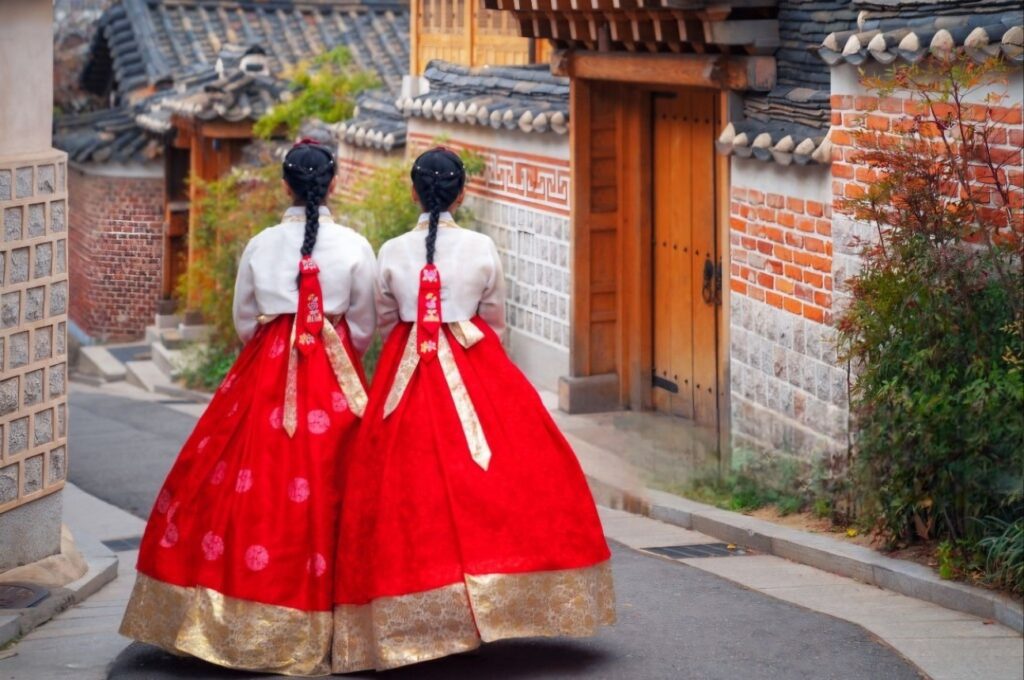
Top 10 Korea Attractions
Korean Tourism has gained global attention for its unique blend of ancient traditions and modern innovations. From majestic palaces to breathtaking natural landscapes, South Korea offers travelers an unforgettable journey through vibrant cities, serene mountains, and picturesque islands.
Whether you’re exploring bustling Seoul or tranquil Jeju Island, every destination tells a story of rich cultural heritage and captivating beauty.
Dive into the heart of Korean Tourism and discover the top 10 must-visit attractions that showcase the charm and diversity of this remarkable country.

1. Gyeongbokgung Palace(경복궁)
Built in 1395 during the Joseon Dynasty, Gyeongbokgung is the largest and most iconic of the Five Grand Palaces in Seoul.
The palace served as the royal residence for centuries and reflects the beauty of traditional Korean architecture. Visitors can witness the changing of the royal guard ceremony, explore the beautiful Gyeonghoeru Pavilion, and stroll through the serene Hyangwonjeong Pond.
The palace is especially stunning during spring cherry blossom season and autumn foliage. Nearby, the National Folk Museum of Korea offers insights into traditional Korean life.

2. Bukchon Hanok Village (북촌 한옥마을)
Nestled between Gyeongbokgung Palace and Changdeokgung Palace, Bukchon Hanok Village is a well-preserved residential area filled with traditional Korean houses (hanok). Dating back to the Joseon Dynasty, the village offers a peek into the lifestyle of aristocrats during ancient times.
Visitors can stroll through narrow alleys, visit hanok-themed guesthouses, art galleries, and traditional tea houses, all while enjoying panoramic views of Seoul from the hilltops.
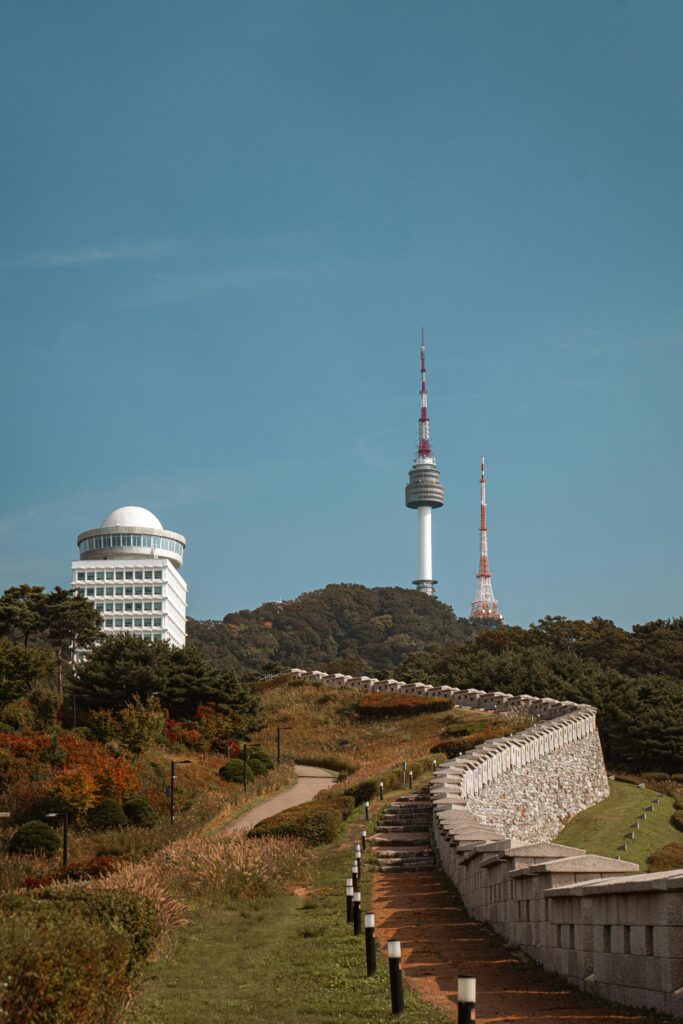
3. Namsan Seoul Tower (남산 서울타워)
Located atop Namsan Mountain, N Seoul Tower offers breathtaking panoramic views of Seoul’s skyline.
Originally built as a communication and observation tower, it has become a beloved romantic destination, especially at night when the city lights shine below.
A famous feature is the “Locks of Love” area, where couples hang padlocks to symbolize eternal love. Visitors can also enjoy rotating restaurants, digital observatories, and light shows that illuminate the tower after sunset.
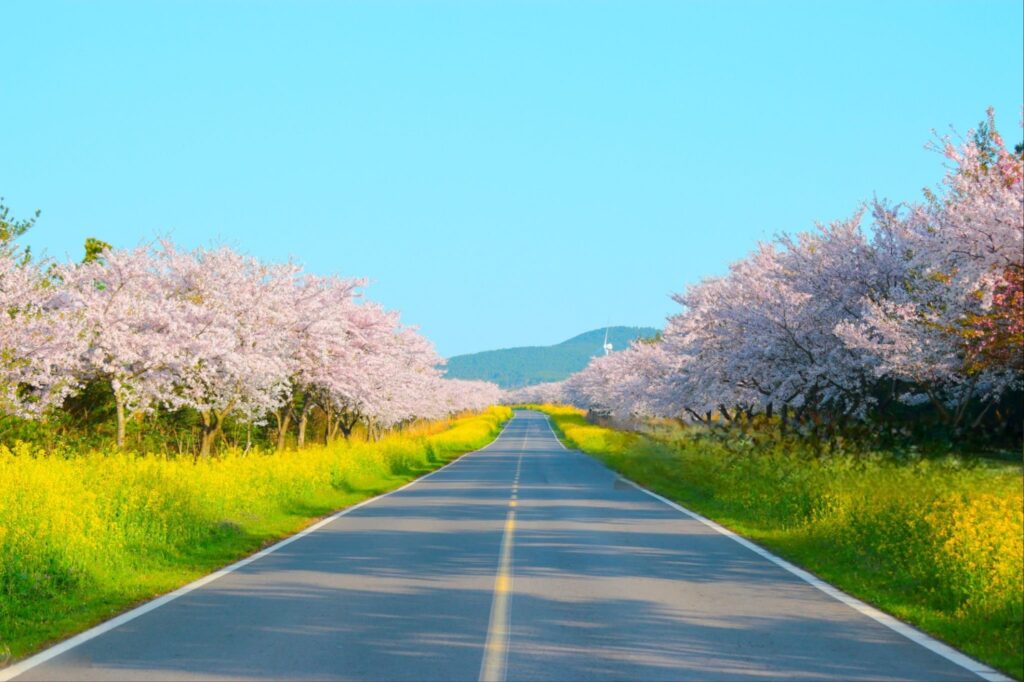
4. Jeju Island (제주도)
A UNESCO World Natural Heritage site, Jeju Island is South Korea’s top vacation destination, known for its unique volcanic landscapes, including Hallasan Mountain (the highest in Korea), lava tube caves, and scenic waterfalls like Cheonjiyeon and Jeongbang. The island also boasts beautiful beaches, tangerine orchards, and charming stone statues called Dol Hareubang. Adventure seekers can hike the Hallasan trails, while others may explore Seongsan Ilchulbong (Sunrise Peak) or the quirky Loveland theme park.
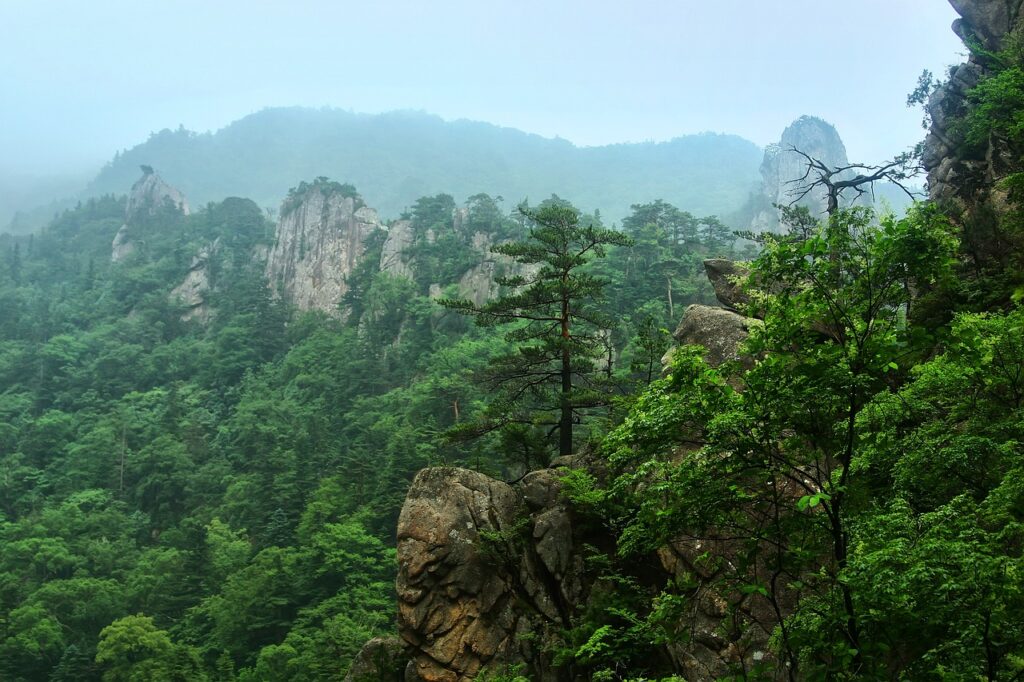
5. Seoraksan National Park
(설악산국립공원)
A natural treasure, Seoraksan is one of Korea’s most beloved national parks.
It offers dramatic peaks, granite cliffs, waterfalls, and colorful forests. Popular hiking trails include the one to Ulsanbawi Rock, offering spectacular views of the surrounding mountains.
The park is home to diverse flora and fauna, ancient Buddhist temples like Sinheungsa, and cable car rides for those who prefer a scenic trip without a strenuous hike.

6. Haeundae Beach
(해운대 해수욕장)
Haeundae Beach is South Korea’s most famous beach, stretching 1.5 kilometers along Busan’s coastline.
It’s a hotspot during summer with white sands, gentle waves, and vibrant festivals like the Haeundae Sand Festival. Nearby attractions include Dongbaekseom Island, luxury hotels, and the Busan Aquarium.
The beach transforms into a stunning nighttime destination with colorful lights and open-air performances.
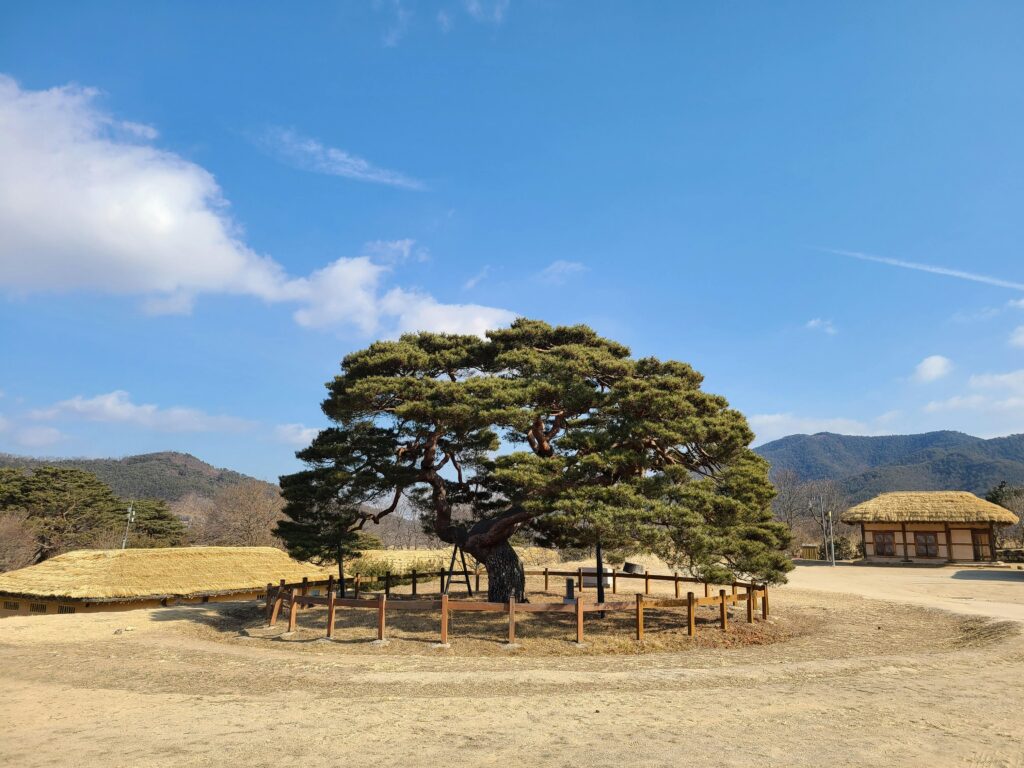
7. Andong Hahoe Folk Village
(안동 하회마을)
Designated as a UNESCO World Heritage Site, Hahoe Folk Village preserves the traditional lifestyle of the yangban (Korean nobility). The village features centuries-old thatched-roof houses, Confucian academies, and riverside scenery. It’s known for the Hahoe Mask Dance Festival, where performers wear traditional masks and enact satirical plays. Visitors can experience authentic Korean culture, food, and local traditions in a serene, historical setting.
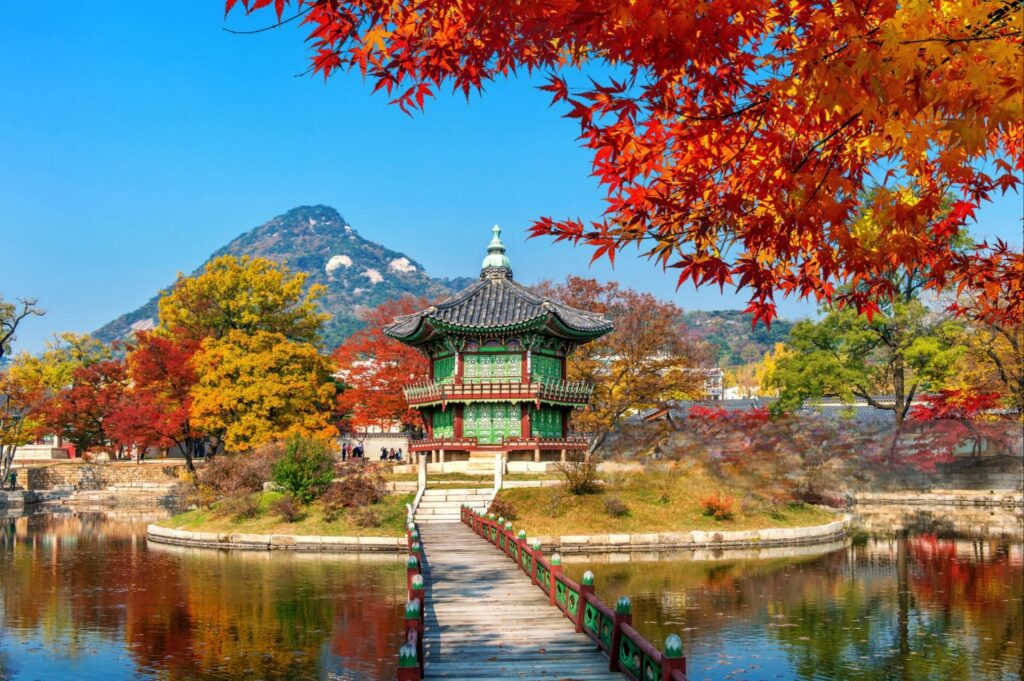
8. Changdeokgung Palace and Secret Garden
(창덕궁과 후원)
A UNESCO World Heritage site, Changdeokgung is admired for its harmony with the natural environment. The Huwon (Secret Garden) behind the palace is a beautifully landscaped area with pavilions, lotus ponds, and centuries-old trees. Built in 1405, it served as a royal residence for many Joseon kings. The palace exemplifies traditional Korean architecture and aesthetics designed in accordance with pungsu-jiri (Korean geomancy).
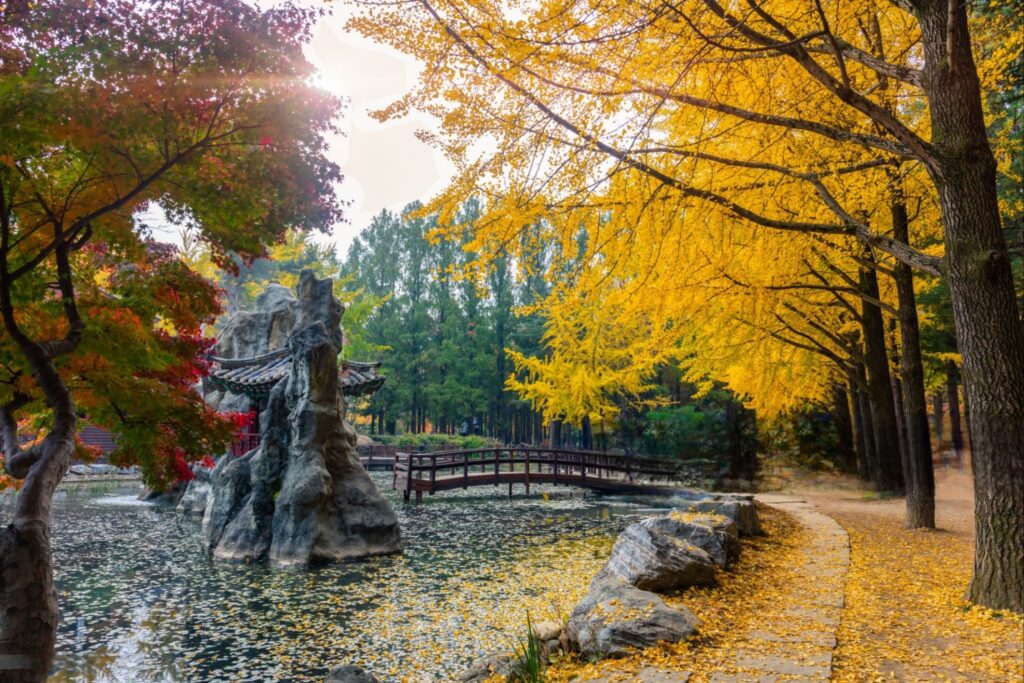
9. Nami Island (남이섬) – Chuncheon
Nami Island became world-famous after appearing in the Korean drama “Winter Sonata”. The island is renowned for its tree-lined paths, especially the iconic Metasequoia Road. Each season brings unique beauty: cherry blossoms in spring, green canopies in summer, fiery leaves in autumn, and snow-covered landscapes in winter. Activities include bike riding, ziplining, art galleries, and family-friendly parks.
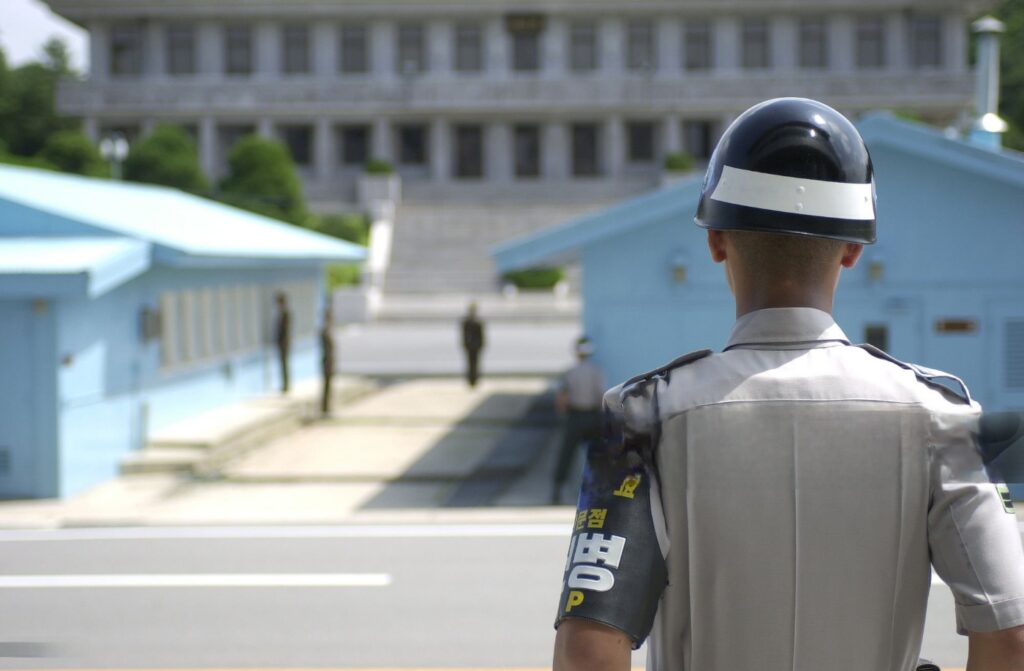
10. DMZ (Demilitarized Zone) Tour
(비무장지대 투어)
The DMZ is a heavily fortified border barrier that divides South and North Korea. While politically sensitive, it offers a rare glimpse into one of the world’s most unique and tense military stand-offs. Tourists can visit locations like the Third Infiltration Tunnel, Dora Observatory, and Dorasan Station, which symbolizes hope for reunification. Guided tours provide deep insights into Korean War history and inter-Korean relations.
Korean Tourism offers a unique and captivating experience that seamlessly blends tradition and modernity.
One of the greatest strengths of Korean tourism lies in its diverse attractions, from ancient palaces like Gyeongbokgung to futuristic landmarks like Dongdaemun Design Plaza.
Visitors can immerse themselves in rich cultural heritage through traditional villages, royal tombs, and UNESCO World Heritage sites.
Additionally, Korea’s stunning natural landscapes, including Jeju Island’s volcanic wonders and the serene mountains of Seoraksan, offer breathtaking escapes from urban life.
Food enthusiasts will also delight in the country’s vibrant culinary scene, from savory street food to world-renowned Korean BBQ.
Moreover, efficient public transportation and safe environments make exploring Korea both convenient and enjoyable. Whether seeking historical insights, urban adventures, or tranquil nature, Korean Tourism promises unforgettable memories and a deeper appreciation of Korea’s dynamic spirit.
Stay Ahead in Korea’s Market!
Subscribe to our newsletter for exclusive market insights, industry rankings, and the latest trends—delivered straight to your inbox. Don’t miss out on key opportunities! 

